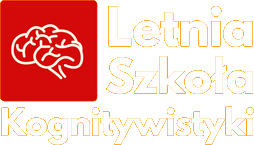The theory of Transhumanism opens up new questions about a presumed and future automatic collective consciousness of the human species. Can poetry help us to understand them better?
It is clear that the whole theory of transhumanism also has to do with the art that deals with the future and becomes particularly interesting when it illuminates its purpose.
Poetry, in my opinion, is a very valid adjuvant since it is carried out over time, maintaining and preserving the figure of the Trinitarian eternity. Poetry is an exceptional communication tool for expressing a thought, for transmitting a message of universal breadth. It is the supreme art of evoking and suggesting feelings of union and communion. It unites consciences, respecting the free diversity of individuals. It unites what the transhuman project wants to see separated, distant from the nature of God. The transhuman project can be translated into a dis-human project since the dis-human exercises a certain power, through his intelligence, against the free conscience of man .
The transhumanist project is based, therefore, on the premise that technology, on the one hand, will make a perfect simulation of intelligent life possible (but this is true only intelligent life is released from conscience, residue and excess, slowness and inaccuracy), and , on the other hand, on the ability to see the beauty of poetic literature stolen; that is, seeing the capacity to feel the pulsating life removed. Poetry is the voice of personality, but also of the collective unconscious. In opposition, the transhuman demands an „automatic and crystallized purpose of/in essence”. In other words, the more the conscience is limited, the more intelligence can pursue an automatic purpose, as it escapes conscious criticism and the ambiguous character of poetic sensitivity.
